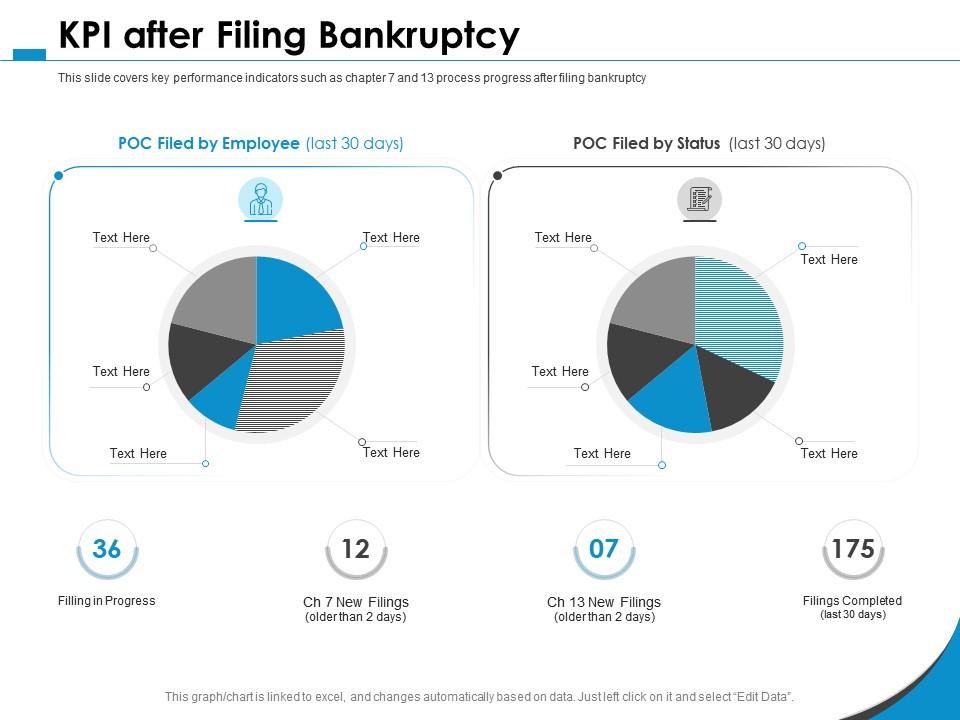Navigating Bankruptcy: Essential Filing Tips for Success


Strategic Guidance for Successful Bankruptcy Filings
Bankruptcy filings are complex processes with significant implications for individuals and businesses. This article provides essential tips to guide individuals and businesses through the bankruptcy filing journey, offering strategic insights for a more successful outcome.
Understanding Bankruptcy Options
Before initiating the bankruptcy filing process, it’s crucial to understand the available options. Chapter 7, Chapter 11, and Chapter 13 are common bankruptcy chapters, each serving different purposes. Assessing the financial situation and seeking professional advice helps determine the most suitable bankruptcy option.
Consulting with a Bankruptcy Attorney
Engaging the services of a qualified bankruptcy attorney is a pivotal first step. A knowledgeable attorney provides expertise in navigating the legal complexities of bankruptcy, offering tailored advice based on the individual or business’s unique circumstances. Their guidance is invaluable in making informed decisions.
Organizing Financial Information
A well-organized presentation of financial information is key to a smooth bankruptcy filing. Compile comprehensive documentation, including income statements, asset valuations, debt details, and a list of creditors. Clarity and transparency in financial disclosures facilitate the filing process.
Developing a Realistic Repayment Plan
For those considering Chapter 13 bankruptcy, developing a realistic repayment plan is essential. Collaborate with the attorney to create a plan that addresses the concerns of creditors while aligning with the debtor’s financial capabilities. A feasible repayment plan increases the likelihood of court approval.
Prioritizing Exemptions and Protections
Understanding exemptions and legal protections is critical for safeguarding assets during bankruptcy. Different types of property may be exempt from liquidation, and certain income sources may be protected. Knowing and leveraging these exemptions ensures a fair balance between debt relief and asset preservation.
Communication with Creditors
Open and transparent communication with creditors is beneficial. Before filing, inform creditors of the impending bankruptcy and initiate discussions where possible. Proactive communication can sometimes lead to negotiated settlements, avoiding more contentious legal battles.
Navigating the Automatic Stay
Upon filing for bankruptcy, an automatic stay goes into effect, halting creditor actions, such as collection calls and legal proceedings. Understanding the limitations and exceptions to the automatic stay is crucial for managing expectations and navigating the legal landscape effectively.
Completing Credit Counseling Requirements
Bankruptcy filers are generally required to undergo credit counseling before the process begins. Fulfilling this requirement demonstrates a commitment to understanding financial management. Work with approved credit counseling agencies to complete this mandatory step.
Thorough Review Before Filing
Prior to submitting the bankruptcy petition, conduct a thorough review of all documentation. Ensure accuracy and completeness, addressing any discrepancies or missing information. A meticulous pre-filing review minimizes the risk of delays and complications during the bankruptcy process.
Post-Filing Financial Management
Successfully navigating bankruptcy extends beyond the filing process. Develop a post-filing financial management plan, emphasizing responsible budgeting and rebuilding credit. Proactively addressing financial habits contributes to a more stable and secure financial future.
Bankruptcy Filing Tips: A Comprehensive Resource
For additional insights and resources on successful bankruptcy filings, visit Bankruptcy Filing Tips on our dedicated platform. This resource offers expert advice, checklists, and tools to support individuals and businesses in their bankruptcy journey. By approaching bankruptcy strategically and seeking professional guidance, filers can achieve a more favorable outcome and embark on a path to financial recovery.







